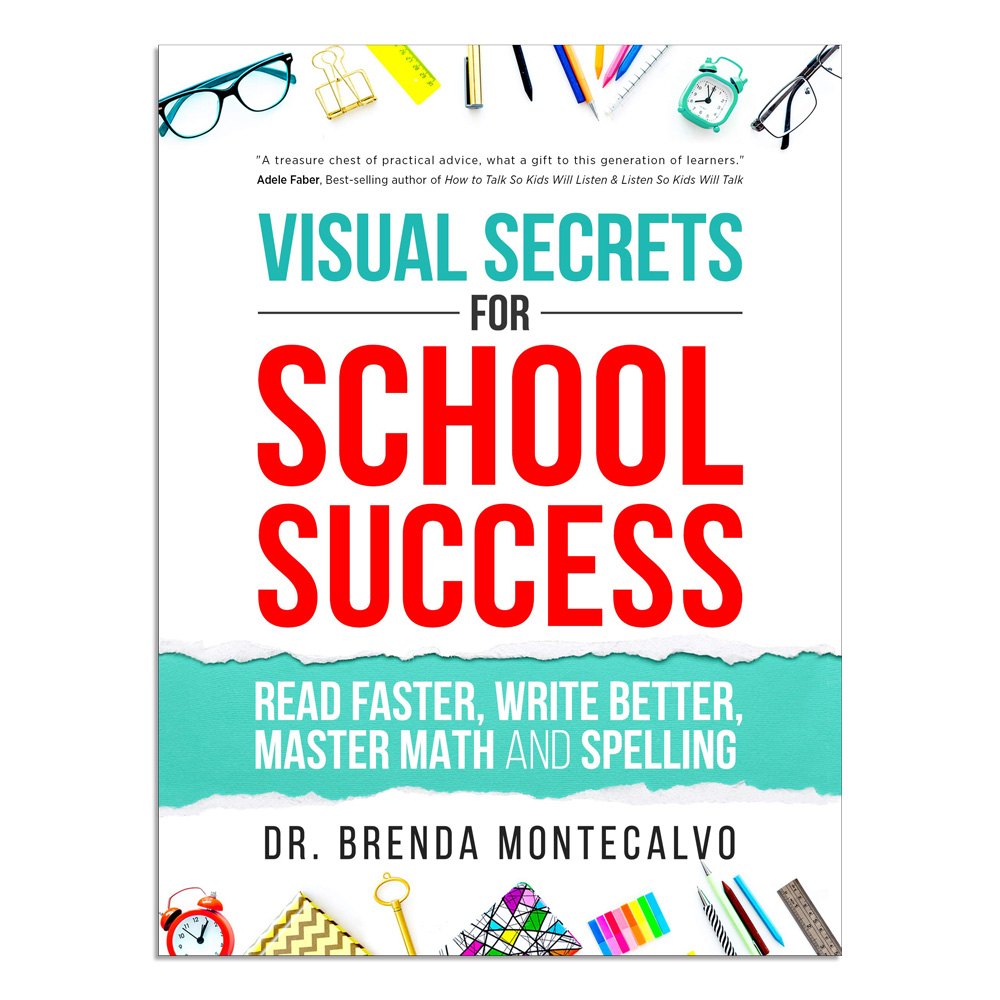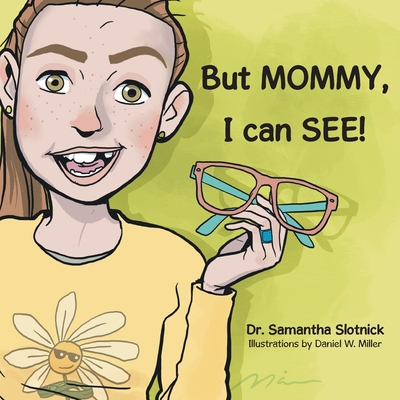A list of observations when a child has visual issues:
• Taking far too long to copy information from the board to a page and vice versa.
• Difficulty remembering how to spell and tending to spell the word how it sounds most of the time.
• Losing their place often when reading, skipping lines, missing whole words or word endings, (using their finger or a ruler to track often helps them). •Frequent eye rubbing and/or squinting.
• Difficulty sustaining attention close-up, particularly when reading.
• Substitutions when reading out loud (saying something similar to what is there but not exactly what is on the page, sometimes will interfere with meaning).
• General avoidance and dislike of reading overall.
• Unable to write on the line and uses different sizes of print, (i.e., inconsistent), when forming letters.
• Seeming difficulty to maintain attention overall.
• A noticeable difference between their oral and aural skills (i.e., speaking and listening) versus their visual skills (i.e., reading and writing).
Language: English
Paperback: 228 pages
Item Weight: 11 ounces
Dimensions: 6 x 0.52 x 9 inches
• Taking far too long to copy information from the board to a page and vice versa.
• Difficulty remembering how to spell and tending to spell the word how it sounds most of the time.
• Losing their place often when reading, skipping lines, missing whole words or word endings, (using their finger or a ruler to track often helps them). •Frequent eye rubbing and/or squinting.
• Difficulty sustaining attention close-up, particularly when reading.
• Substitutions when reading out loud (saying something similar to what is there but not exactly what is on the page, sometimes will interfere with meaning).
• General avoidance and dislike of reading overall.
• Unable to write on the line and uses different sizes of print, (i.e., inconsistent), when forming letters.
• Seeming difficulty to maintain attention overall.
• A noticeable difference between their oral and aural skills (i.e., speaking and listening) versus their visual skills (i.e., reading and writing).
Dr. Quaid is joined by other experts in the field of optometry and vision. There are chapters by an primary school educator and an elementary school Vice-Principal who share some of the elements of classroom life, IEPs, and special education. You are invited to read this book to learn what 40 percent of our brain is all about - visual processing. It may just change a child's future.
Language: English
Paperback: 228 pages
Item Weight: 11 ounces
Dimensions: 6 x 0.52 x 9 inches
Related Products










